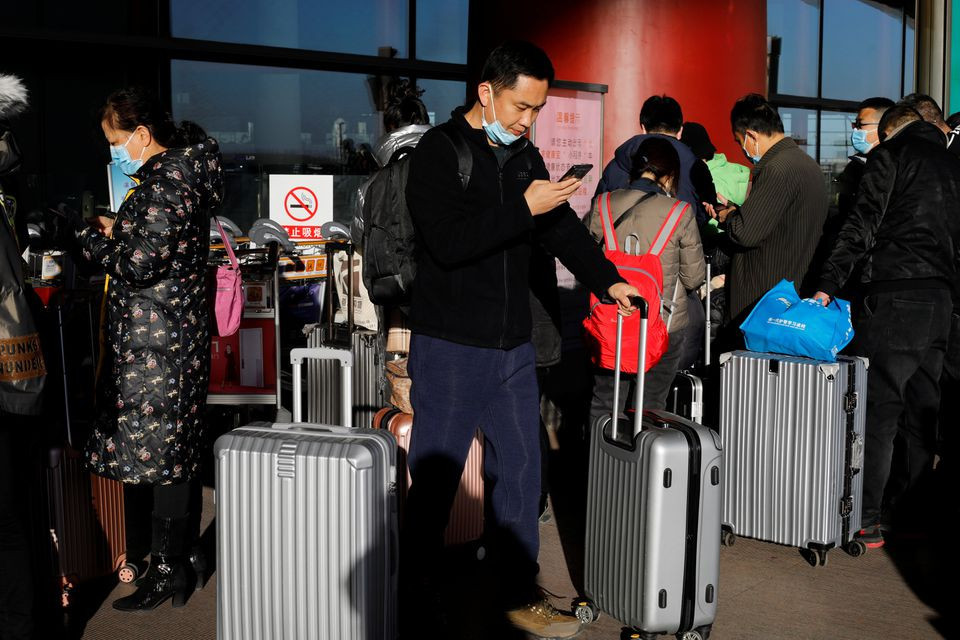
This was proposed by Pham Ngoc Thuy, director of Quang Ninh Tourism Department, at a recent conference discussing solutions to attract Chinese travelers to Vietnam.
Vu The Binh, chair of the Vietnam Tourism Association, said that China was the largest outbound tourism market in the world before the Covid-19 outbreak. It brought revenue of $225 billion, which accounted for 20 percent of global tourism revenue.
However, with its ‘zero-Covid’ policy, China closed in the last three years (2020-2022). The world could not receive Chinese travelers during that time.
For Vietnam, China is the largest market, both for inbound and outbound tourism. In 2019, Vietnam received 5.8 million Chinese travelers, or one-third of foreign travelers to Vietnam.
Meanwhile, 4.5 million Vietnamese traveled to China, the highest level in the outbound segment.
However, Binh said many problems still exist in receiving and serving Chinese travelers. The existence of low-cost tours (called zero-VND tours), the use of foreign tour guides, swindling in goods purchases and sales, and chaotic serving of Chinese travelers by some "underground" travel firms have caused dissatisfaction among Chinese travelers.
“These affect Vietnam’s tourism brand,” Binh said.
Director General of the Vietnam National Administration of Tourism (VNAT) Nguyen Trung Khanh said China's decision on adjusting anti-pandemic policies and entry/exit procedures is good news for Vietnam’s tourism industry.
However, he warned that the tourism sector will have to cope with challenges to attract Chinese travelers. The three years of the pandemic caused major changes in tourism products and services, facilities and human resources, as well as targeted customers, tourist demands, and marketing.
Khanh stressed that Vietnam needs to focus on solutions on receiving and serving travelers; provide diverse services with reasonable quality while ensuring anti-epidemic measures; apply the most favorable conditions for entries to Vietnam; and connect and reopen commercial air routes to large cities.
It is necessary to build tourism products suitable to specific tastes of Chinese travelers after the pandemic. The upgrading of tourism facilities, including ports, border gates, airports, hotels and tourist attractions are also needed.
Khanh also mentioned marketing and tourism promotion programs, product introduction campaigns and fam trips. Travel firms can approach Chinese travelers via China’s popular social network platforms like Weibo, Douyin and Xigua.
Ngoc Ha